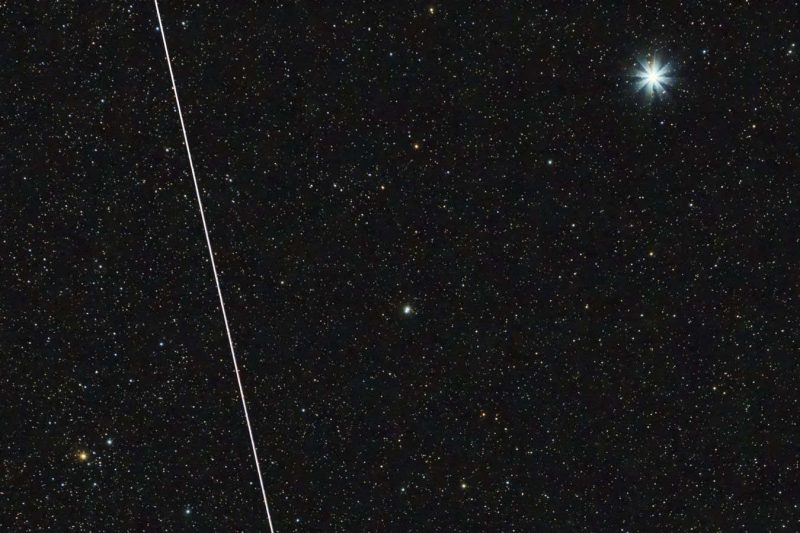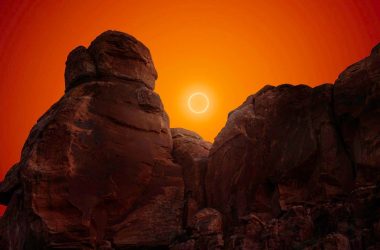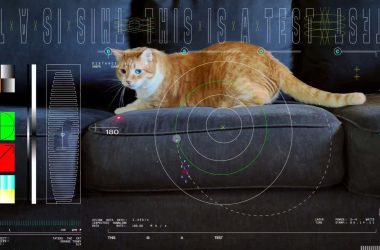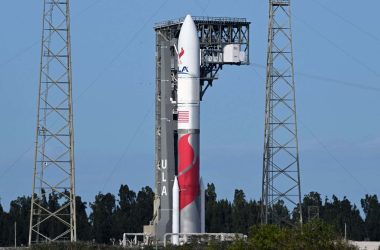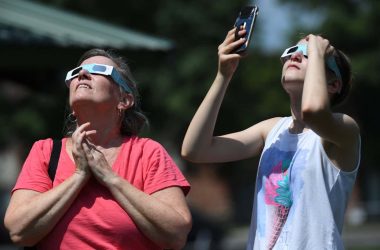Introduction
A prototype satellite for a space-based mobile phone network is causing concern among astronomers as it is brighter than most stars in the night sky. The brightness of the satellite, known as BlueWalker 3, poses a threat to ground-based telescopes and their observations.
Brighter Than Stars
The BlueWalker 3 satellite, launched by AST SpaceMobile in 2022, has a 64-square-meter reflective antenna that makes it brighter than the majority of stars in the sky. Observations from telescopes in the US, Chile, the Netherlands, and New Zealand have confirmed its brightness.
Impact on Ground-Based Astronomy
This brightness presents a significant threat to ground-based astronomy, particularly for wide-angle surveys of the night sky. Telescopes may need to track and avoid satellite trails or extend their observations to collect unspoiled data. Failure to mitigate this threat could result in data loss or damage to detectors.
Challenges with Tracking Satellites
Telescopes can adopt tracking and avoidance strategies, but satellites are difficult to track accurately. This means that telescopes may have to shut down periodically when a satellite passes over their line of sight, causing delays in observations and potentially affecting datasets.
Controlling Brightness and Fluctuations
BlueWalker 3’s brightness fluctuates depending on its angle towards the sun. Companies like AST SpaceMobile have control over this angle and play a vital role in ensuring minimal light reflection. They are collaborating with NASA and astronomy working groups to develop industry solutions, including operational interventions and anti-reflective coatings for future satellites.
Impact on Radio-Based Astronomy
Further observations are needed to determine the full impact of satellites like BlueWalker 3 on astronomy, especially for longer wavelengths of light, such as the radio band. Satellites equipped with powerful radio transmitters can cause more damage to radio-based astronomy. This is a significant concern as these satellites can be as bright as the sun in the radio spectrum.
Importance of Observation Campaigns
Astronomers emphasize the need for comprehensive observation campaigns to understand the complexity of individual satellites’ brightness and their cumulative effects. With an increasing number of satellite launches by various space actors, the aggregate effects of satellite constellations in low Earth orbit must be considered.
Conclusion
The brightness of the BlueWalker 3 satellite poses challenges for ground-based astronomy, requiring telescopes to adopt tracking and avoidance strategies. Companies like AST SpaceMobile are taking steps to minimize the satellite’s brightness and collaborate with the scientific community to find solutions. Continued observation campaigns are necessary to assess the overall impact of satellites on astronomy.




